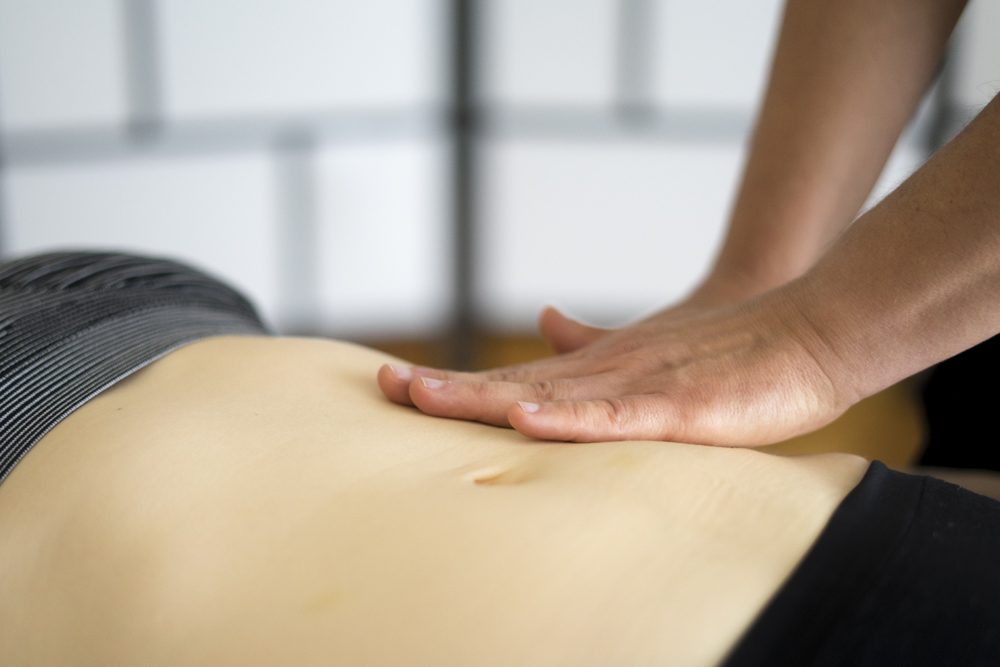All things ease
I’ve been working with clients to find comfort and ease in their bodies for over 20 years. You can find out more about my story here.
Hi! I’m Emma.
Learn more about me
You might be hearing the term somatic more and more these days, and it’s true—it’s become a bit of a buzzword. But what does Somatic Experiencing® (SE™) really mean? SE™ is a therapeutic approach specifically designed to help resolve symptoms of stress, shock, and trauma, which can become trapped within our bodies and nervous systems. From a […]

read more
Part 2 Perimenopause and Menopause Series Reaching a certain age has heightened my awareness, and I truly understand it now! Through my clinical experience, I’ve consistently observed that women often encounter pain during a particular phase of their lives. The challenge lies in the variability of these experiences, making identification and diagnosis more complex. […]
read more


My ScarWork clients often ask me: ‘Is there anything I can do at home between sessions to boost my results?’ I love this question because it signals an active commitment to healing and because the answer is ‘YES!’
read more
Ok, so I talk about “structural integration” umm, a lot! What can I say, I’m a BIG fan of this particular physical touch modality. I’ve also recently transitioned from offering primarily Remedial Massage Therapy to offering specialised myofascial release bodywork sessions and the more advanced protocol: Structural Integration. But, what does that all mean?! Let’s look beneath the layers and flesh out some definitions.